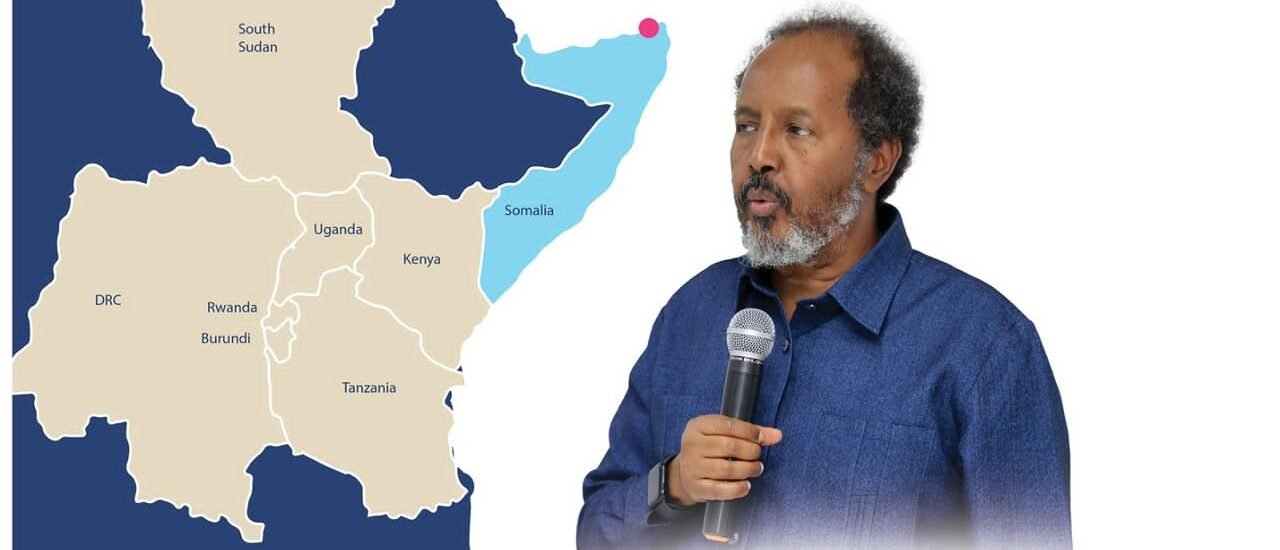In a landmark move, Somalia has officially become a member of the East African Community (EAC), opening a new chapter of economic collaboration and regional integration. With this accession, Somalia brings to the table a wealth of resources and opportunities that have the potential to make the East African market a powerhouse. This article explores the products and strategies Somalia can leverage to make its mark within the EAC and create a mutually beneficial economic landscape.
Somalia’s Economic Strengths:
Somalia’s entry into the EAC marks the inclusion of a nation with a rich tapestry of resources. Notably, Somalia is renowned for its thriving livestock industry, boasting a large population of sheep, goats, and camels. Additionally, the country has a diverse agricultural sector and a burgeoning tech industry, contributing to its economic resilience. Somalia’s strategic geographical location also positions it as a key player in facilitating trade routes within the region.
The Business Potential:
Somalia’s products, particularly in livestock and agriculture, present a golden opportunity for the East African market. Somali livestock, known for its quality and diversity, can meet the growing demand for meat and dairy within the EAC. The agricultural sector, with its potential for increased food production, offers a chance to address regional food security concerns. Furthermore, Somalia’s burgeoning tech industry can contribute to the digital transformation of the EAC, fostering innovation and economic growth.
Strategies for Success:
To ensure a successful entry into the EAC market, Somalia can adopt several strategic approaches:
- Trade Facilitation and Infrastructure Development:
- Invest in cross-border infrastructure to facilitate the seamless movement of goods within the EAC.
- Implement streamlined trade procedures to reduce barriers and enhance efficiency.
- Promotion of Somali Agricultural Exports:
- Collaborate with other member states to develop sustainable agricultural practices.
- Market Somali agricultural products, including traditional crops and spices, to cater to diverse consumer preferences within the EAC.
- Technological Collaboration:
- Foster partnerships in the tech sector to promote knowledge transfer and collaborative innovation.
- Position Somalia as a hub for technology-driven solutions that benefit the entire EAC community.
- Cultural Exchanges and Business Networking:
- Organize cultural events and business networking forums to enhance understanding and collaboration.
- Establish platforms for Somali entrepreneurs to connect with counterparts in the EAC, fostering mutually beneficial partnerships.
Creating a Superhit Market:
By capitalizing on its unique strengths and adopting collaborative strategies, Somalia has the potential to make the East African market a resounding success. The key lies in fostering an environment of trust, innovation, and inclusivity. Somalia’s products can not only meet the diverse needs of the EAC but also contribute to the socio-economic development of the entire region.
Opinion:
Somalia’s integration into the East African Community is a promising development that should be embraced wholeheartedly. This alliance has the potential to transform the regional economic landscape, creating a powerhouse of innovation, trade, and shared prosperity. The commitment of Somali businesses and the collaborative spirit of the EAC member states will be crucial in realizing the full potential of this union.
Conclusion:
As Somalia takes its place within the East African Community, the opportunities for economic growth and collaboration are limitless. By leveraging its strengths in livestock, agriculture, and technology, Somalia can contribute significantly to making the EAC market a superhit. The synergy between Somalia and other member states holds the promise of a prosperous and interconnected East Africa, setting the stage for a new era of regional economic vitality.








